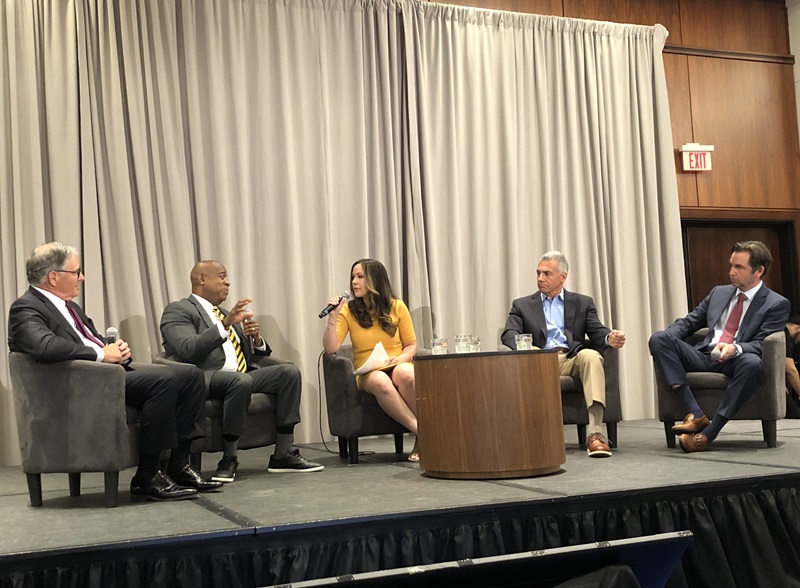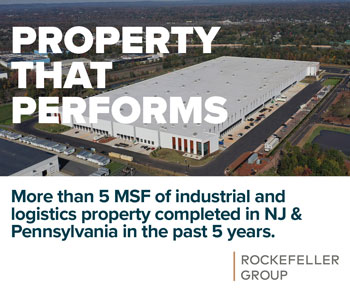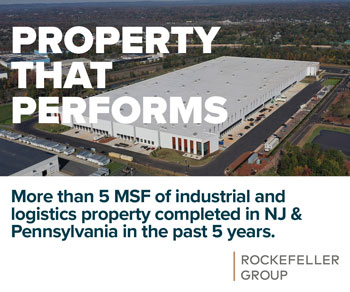From left: State Sen. Jon Bramnick, Newark Mayor Ras Baraka, NJ Spotlight News Anchor Briana Vannozzi, former Assemblyman Jack Ciattarelli and Jersey City Mayor Steven Fulop participated in a roundtable discussion on June 7 at the New Jersey Planning and Redevelopment Conference in New Brunswick.
By Joshua Burd
The debate over how to expand affordable housing in New Jersey is far from over, even after the passage of a law to devise the next round of obligations for hundreds of towns and cities.
That was clear last week during a roundtable discussion involving four candidates hoping to be the state’s next governor, who were on hand for the annual New Jersey Planning and Redevelopment Conference in New Brunswick. The hot-button topic was among several key policy issues tackled by the participants — Newark Mayor Ras Baraka, state Sen. Jon Bramnick, former Assemblyman Jack Ciattarelli and Jersey City Mayor Steve Fulop — who offered varying solutions despite agreeing that the state suffered from both a housing shortage and a lack of affordability.
“This is a real crisis,” Baraka said. “And the crisis is not just affecting poor people or Black and Brown people. It is driving the cost of living up in the state of New Jersey.
Hosted by New Jersey Future and the American Planning Association’s New Jersey chapter, the program came with some 17 months still to go before the state’s gubernatorial election. But the long-debated policy issue is top of mind for stakeholders after Gov. Phil Murphy, who will leave office in early 2026, signed a law in March that sets a course for the newest round of local requirements under the state’s Fair Housing Act.
The Department of Community Affairs is now developing that framework and expects to determine each municipality’s obligations by this fall. One priority, officials say, is to give local governments the opportunity to devise their own plan and participate in a mediation process, with the goal of avoiding litigation and reaching a resolution by early 2025.
In the meantime, the four gubernatorial hopefuls shared their thoughts on how to fix the state’s housing challenges, speaking during the June 7 conference as part of a session moderated by NJ Spotlight News Anchor Briana Vannozzi.
Jon Bramnick
The longtime Republican lawmaker said a top priority would be to keep the issue out of the courts, noting that the current practice of assigning a specific number of units to each town has “resulted in litigation for the last 40 years.” He pointed to a constitutional amendment that he has proposed, which would stipulate that only the Legislature may determine affordable housing obligations, seeking to ensure that lawmakers can no longer ignore the issue.

“People want to maintain their communities and they want to feel as if the Legislature is in charge, not the courts,” said Bramnick, who is based in Union County. “So, clearly, we need affordable housing. There’s no doubt about that, but it shouldn’t be micromanaged by the courts.”
He also cited the need to make New Jersey more affordable on a broader scale, adding: “There’s been little effort for the last 20 years by the Legislature to really reduce costs. So you have to look at that side of the ledger as well.” That inaction, he argued, is partly due to Democrats being in control of the Legislature for the past two decades.
Jack Ciattarelli
Ciattarelli, for his part, said New Jersey faces both a housing shortage and a growing crisis of overdevelopment in its suburbs. Solving those challenges requires a regional planning approach with input from each municipality, he said.
“I’ve never suggested that not every town should have skin in the game,” he said. “They should, but that doesn’t mean that there should be high-density housing in every one of those towns.”
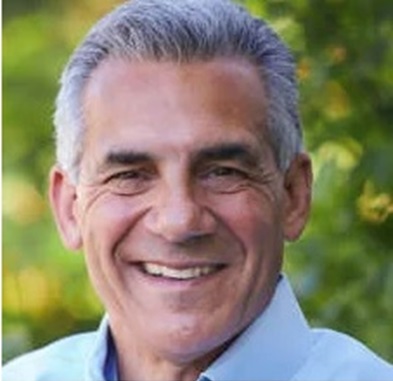
He pointed to Hillsborough, his former home of 25 years, which is 52 square miles but does not have a major employment base, major highway infrastructure or mass transit. Yet the town has been forced to allow for the development of four- and five-story apartment buildings after losing so-called builder’s remedy lawsuits, which developers have long used to secure approvals for projects that include affordable housing.
“We’re just adding more idling cars to our roads, which flies in the face of anyone’s position on sustainability,” said Ciattarelli, a former Somerset County freeholder. “I find it hypocritical that there’s a great many people that want to put high-density housing everywhere, but then on the other side of the ledger, they’re saying ‘Hey, there’s a sustainability problem in New Jersey.’ These are the crises that we face.”
Steve Fulop
Fulop, a Democrat who declared his candidacy more than a year ago, said there was a lack of visibility into how each town was addressing its lack of affordable housing. Increased transparency would allow for the state to take an incentives-based approach, he said, echoing a housing policy plan that he released last fall.
Among other proposals, the plan calls for providing funding for schools, roads, public transportation, sewers and other infrastructure needs for municipalities that are meeting their fair share obligations through the construction of units, while those that are not should have less access to state money.

“We have a lot of experience in Jersey City with housing. We’ve built more housing than anybody in the last 10 years,” said Fulop, who took office as mayor in 2013. “I’ve been an advocate for Jersey City participating in our obligations around affordable housing because I think Jersey City should be leading from the front on this.
“But at the end of the day, you do need transparency and you need the carrot and the stick in order to drive this. And spreading it out throughout New Jersey, delaying the process — we’ve seen that for 10 years, 20 years. It doesn’t solve the problem.”
Ras Baraka
Baraka, meantime, noted that some 300,000 low-income residents in New Jersey are burdened with having to spend 50 percent of their income on housing. It was among several statistics that the third-term Democrat highlighted before touching on policy solutions, including the creation of land trusts to preserve locations for lower-income homes, as well as funding to help buildings preserve their affordable housing contracts.
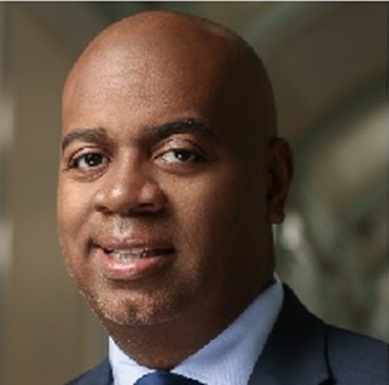
That will maintain housing costs for those who are most vulnerable as new luxury apartment buildings push average rents up, Baraka said. He also pointed to a recent study by the Regional Plan Association, which found that commuter rail stations in New York and New Jersey are surrounded by some 74,000 acres of underutilized land, including vacant and unbuilt lot cover, highlighting the potential of transit-oriented development to create more affordable housing options with minor investments and regulatory intervention.
“You can’t just concentrate all of the development in seven, eight or nine cities. That’s not going to affect affordability in the state of New Jersey,” Baraka said, later adding: “There’s no development there now, and there hasn’t been in the last 40 years, which means we can start there. There are areas where development can happen.”

